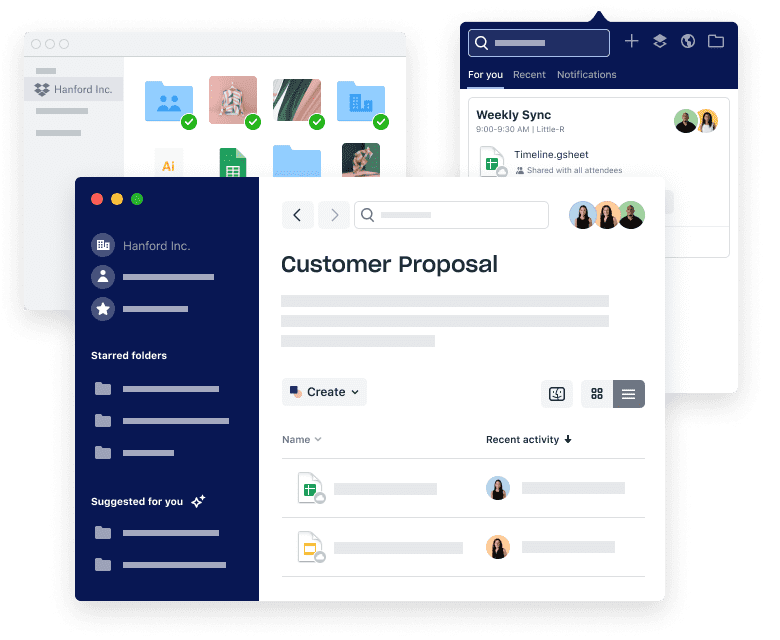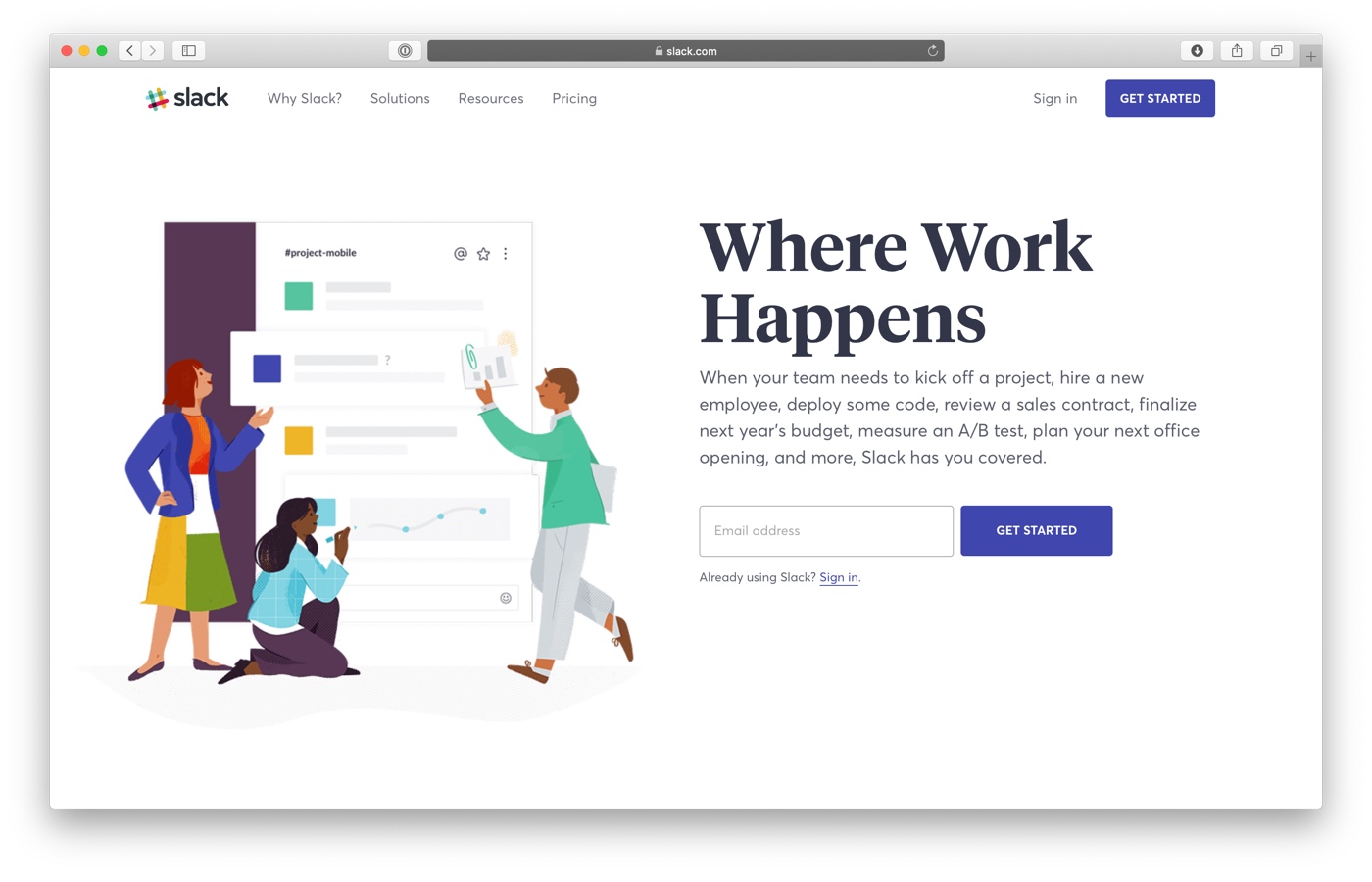We have all heard of Product Led Growth (PLG), which takes marketing and sales – that is, growth to the next level with an emphasis on product development, marketing, sales, and customer service.
Only in recent months has the wider public begun to take note of Product-Based Growth (PLG), and there is no doubt that it will remain. It is most commonly used in software companies, but it has also been used in other industries, and more and more companies are using it as a business model nowadays.
In the SaaS world, product-led growth has become one of the best ways to drive growth and is gaining ground. This has become established, and the most successful SAAS company has been using it for years, and this will only continue in the coming years.
Product Led Growth examples of some of the most popular brands using a product-led growth strategy, including Dropbox, Slack, SurveyMonkey, and more, are covered in this post.
5 Product Led Growth Examples
- DropBox
Dropbox is a perfect example of product-led creation, and the brand has lent itself well to sharing and attracting more customers. In less than ten years, Dropbox has crossed $1 billion in sales. It has a product-led growth approach that is clear and undoubtedly effective.

Dropbox’s product-led approach delivers on two key aspects. First, Dropbox has created an intuitive product that clearly meets consumers’ needs—making file sharing easy and accessible for end-users. Secondly, the features built into the product enhance virality among prospective users. By sharing a referral page, users receive more credit for storage. This recommendation tactic has helped Dropbox attract new customers while boosting current users’ customer experience. Linked links are user-friendly, so people can exchange files without a Dropbox account being required for the receiver.
- Slack
Slack is a company that needs no introduction. They went from zero to a $7 billion valuation in only five short years and have become a poster child for the freemium, bottoms-up go-to-market strategy. Their early success with product led growth (PLG) has also made them a leader in this emerging discipline. But, despite their consistent attainment of stratospheric heights, it turns out that they have built their empire on some pretty down-to-earth concepts and philosophies.

Think about how your company adopted Slack. My guess is that you didn’t learn about Slack by visiting their booth at a trade show or by receiving a cold call from a sales rep. Instead, it’s much more likely that an individual employee brought it to work one day and started using it to chat with their team. And before you knew it, Slack had spread through your organization like wildfire.
- DocuSign
DocuSign, a poster child for the Product-Led approach in the legal software industry. It is obvious (i.e., sign a contract to make it legally binding) the value proposition of their e-signature offering. DocuSign enables smooth onboarding. An individual user can open an account free of charge and receive an e-signature from a user with no account. Even a free edition of DocuSign allows you to deliver a signed agreement and enables the user to experience the product’s value.
Pricing is straightforward and is dependent on the number of users and records. Free users drive the conversion of the product as they experience the value of the product. The penetration of the product is today omnipresent in legal institutions. However, the same technology is placed outside law firms to gather signatures and even broader client sectors such as financial institutions and sales organizations.
- SurveyMonkey
It makes sense for SurveyMonkey, the web-based survey pioneer, to opt to use a product-led development model. Virality is built into the very notion of survey-taking, after all.
With a scenario, let’s demonstrate. Say you’re a smart company owner who needs to know how the new feature you have launched looks to your clients. A SurveyMonkey survey is among the easiest way to find answers.
You are submitting the survey to your client base. Some of them may have previously used SurveyMonkey, and some may not have. Some of them may not even have heard of SurveyMonkey, either.
Nonetheless, your clients are supportive and have input to share, so they all click on the link you sent them and take the survey. “They see that “Driven by SurveyMonkey” is the survey. They have been introduced to the brand now.
Perhaps more importantly, they are now SurveyMonkey customers, and they used the product to fill out the survey. And what did it take for SurveyMonkey to gain both of these users? Nothing absolutely. (Well, they had to acquire you and create a great product, but in the product-led growth model, that’s a given.)
This customer acquisition snowball effect is one of the key advantages of a product-led growth model. And that is probably why, 20 years later, SurveyMonkey still boasts a 20 percent YOY rise.
- Calendly
Calendly, another inherently viral product, uses a product-led approach equivalent to SurveyMonkey. The back-and-forth task of scheduling meetings is genuine pain many users have. Calendly was designed to solve this challenge for users. What makes it viral, though?

The product can’t exist with a single user. It works when a user sends a meeting request to another person via the platform, allowing both the users to experience the product’s value. This product’s intrinsically collaborative nature generates a “viral circle of value.”
Each time the user sends their calendly link to others, they use the product and support it. Let’s say that they send their connection to a new user who has never heard of Calendly before. They click on the link and see Calendly’s branding is displayed automatically. To book a meeting with the person, they use the platform and sees how easy it is. They start to use it, giving people their calendly link. Without any added work, Calendly is able to attract new users via this viral loop.
Final Thoughts
The product-led model of growth affects the way you think about your product, your customers, and the interaction between the two. As part of their tactics, all the items discussed above integrate virality and the network effect. Both of them are goods designed on teamwork and sharing. And all of the above brands mentioned in product led growth examples are very good at what they do, undergoing rapid, explosive growth.
But that doesn’t mean that a growth paradigm driven by a commodity is perfect for everybody.
To be as popular as Slack and Dropbox, you must first create a product that solves pain points for actual consumers. It doesn’t matter how much virality (or other hack) you want to integrate into your product; product-led growth won’t work for you if you can’t fix customer challenges in a way that works for them.
